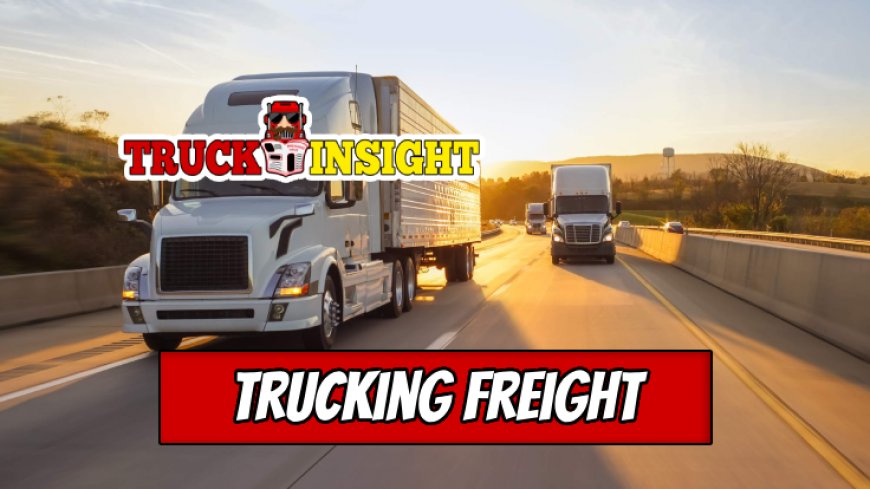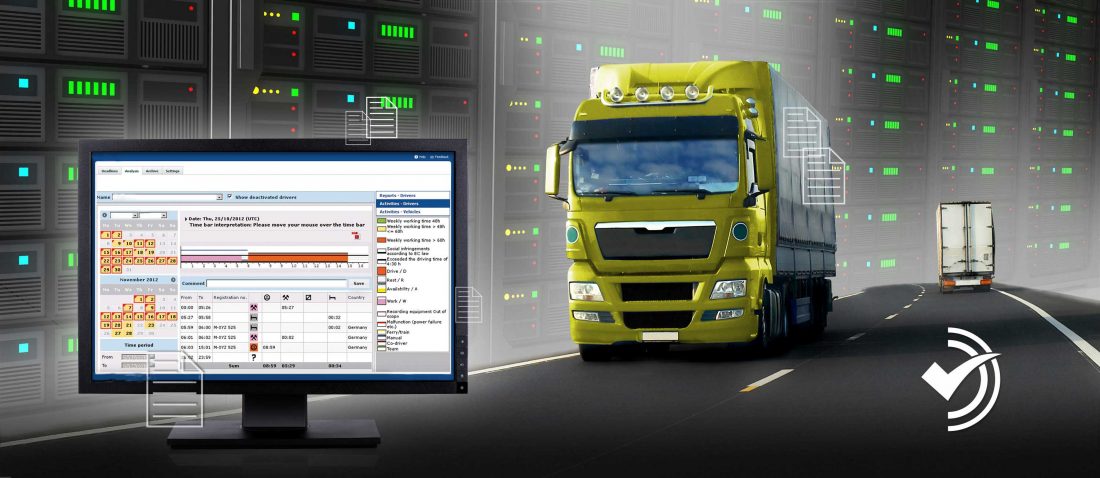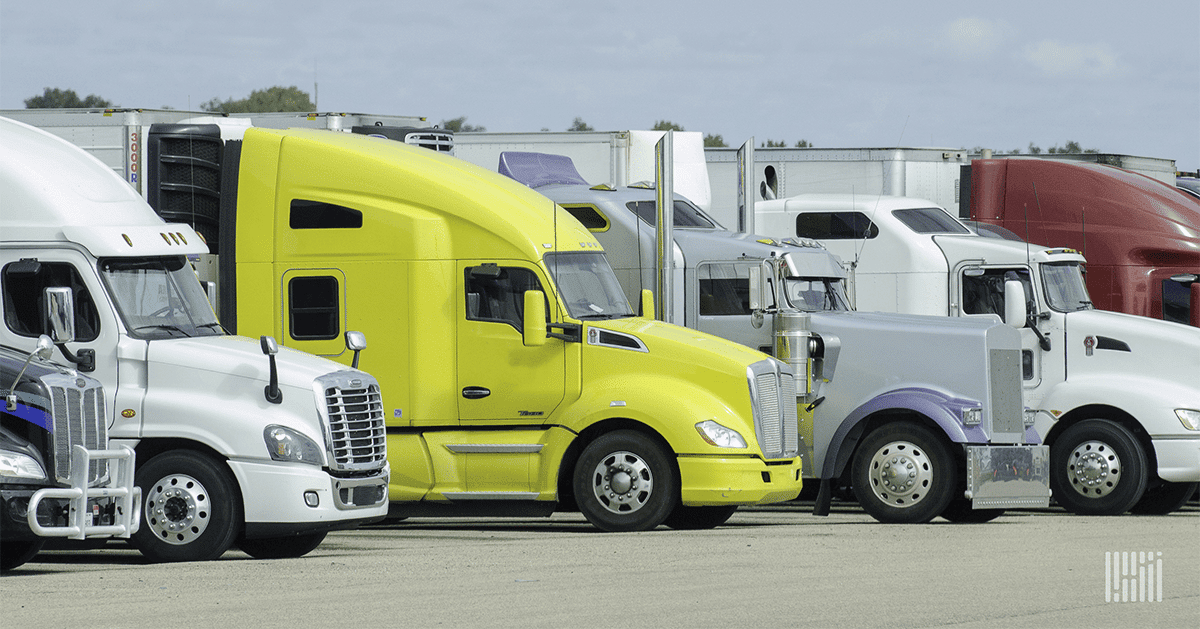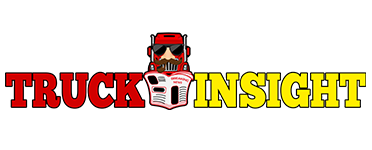Navigating Trucking Regulations
Stay ahead in the trucking industry with our guide on navigating the ever-changing landscape of freight transportation regulations.

Navigating the complex web of trucking freight regulations could be daunting. This guide aims to simplify this landscape, offering vital insights to empower trucking professionals to stay ahead in the industry. From understanding safety compliance to dealing with emissions standards, we breakdown all you need to know to navigate through these regulations effectively and efficiently.
Making Sense of Trucking Freight Regulations
The trucking industry is governed by a myriad of regulations which stem from various lawmakers at both federal and state levels. Any non-compliance to these trucking freight regulations could result in hefty penalties, or worse, the termination of your trucking company's license. Hence, understanding these rules is paramount for success in the freight transportation business.
Table of Contents
- Introduction to Trucking Regulations
- Understanding Safety Compliance
- Managing Operational Requirements
- Complying with Emission Standards
- Navigating through State Regulations
- Overcoming Challenges of Trucking Freight Regulations
Introduction to Trucking Regulations

Trucking regulations are built upon the idea of striking the right balance. They are designed to maintain the safety of truck drivers and the public, while encouraging industry growth and innovation. Understanding these is crucial for businesses to stay compliant:
- Hours of Service (HOS): Regulates the working hours of commercial vehicle operators to minimize fatigue-related risks on the road.
- Commercial Driver's License (CDL): Standardized license validation to prove that drivers have the necessary skills to operate large, heavy, or hazardous material vehicles.
- Drug and Alcohol testing: Mandatory testing to ensure drivers are not operating vehicles under the influence of narcotics or alcohol.
The Crucial Role of Federal Motor Carrier Safety Administration (FMCSA)
The FMCSA plays a vital role in setting, monitoring, and enforcing trucking regulations in the United States. This agency is focused on reducing crashes, injuries, and fatalities involving large trucks and buses.
Understanding Safety Compliance
Safety compliance forms the bedrock of trucking regulations. After all, the ultimate goal is to ensure safety on our highways. From driver fitness and vehicle maintenance to cargo-related safety, all aspects need to be addressed cautiously.
Driver Fitness
Truck drivers are required by law to pass a Department of Transport (DOT) physical examination every two years. This check evaluates their physical and medical fitness to operate commercial vehicles safely. Besides, all operators must possess a valid CDL.
Vehicle Maintenance
A key part of safety compliance involves maintaining trucks in top-notch shape. Regular inspections, servicing, and replacement of worn-out parts are mandatory. A single mechanical failure like brake malfunction could trigger catastrophic incidents.
Managing Operational Requirements

Apart from safety obligations, a variety of operational requirements govern the trucking industry. One such pressing concern is the limitation on daily work hours.
As per the Hours-of-Service (HOS) regulations, commercial truck drivers can drive a maximum of 11 hours after 10 consecutive hours off duty. Additionally, if more than 8 consecutive hours have passed since the driver’s last off-duty period, they are required to take a 30-minute break.
The HOS regulations ensure that truck drivers get adequate rest between long stints of work, helping to mitigate fatigue and maintain alertness.
Apart from HOS regulations, trucking companies must also manage weight constraints. Overloading trucks is not only hazardous but can lead to hefty fines and penalties. Thus, freight weights must be monitored closely to avoid both potential accidents and unnecessary cost overheads.
Managing operational requirements is a balance between logistical efficiency and regulatory compliance. Striking the right balance often requires careful planning and diligent record-keeping.
Moving forward, we will discuss complying with emissions standards, a topic that has gained substantial attention due to the growing environmental concerns.
Complying with Emission Standards
With climate change becoming a significant global concern, the trucking industry is facing increased pressure to minimize its carbon footprint. Complying with stringent emission standards is now not just a regulatory obligation, but a social responsibility for trucking companies.
The Impact of Emission Regulation on Trucking Industry
Ever tightening Emission regulations is pushing the industry towards cleaner fuels and more efficient vehicles. Diesel engines, a mainstay of the trucking industry, are now required to meet strict standards for nitrous oxides (NOx) and particulate matter (PM). Non-compliance can result in significant penalties.
At the same time, these regulations are driving innovation. For instance, development in alternative fuels, hybrids, and electric trucks have been largely motivated by the need to reduce emissions. "Adapt, innovate, and overcome" needs to be the mantra here.
Navigating through State Regulations

Aside from federal regulations, trucking companies also need to adhere to state-specific regulations. From weight and size limitations to rules dictating hazardous material transport, states can enforce their own sets of regulations. Trucking companies must be aware of these laws to ensure seamless cross-border operations.
- Size and Weight Limitations: Each state can dictate its own maximum size and weight limitations that trucks are allowed to carry on their highways.
- Idling Laws: Many states have regulations to control excessive idling to reduce the harmful emissions and noise pollution. Violations can lead to hefty fines.
Keeping up-to-date with these state-specific regulations is certainly a challenge. But with careful planning and diligent compliance strategies, trucking companies can navigate this complexity effectively.
Overcoming Challenges of Trucking Freight Regulations

The task of adhering to the ever-changing landscape of trucking freight regulations can feel overwhelming. But with a clear understanding and smart strategies, companies can turn these challenges into opportunities.
Investing in Compliance
Compliance should be viewed as an investment, not a cost. A proactive approach to compliance not only prevents penalties and fines but also contributes to safety, efficiency, and reputation.
Investing in training programs to educate employees about compliance, incorporating compliance strategies in daily operations, and using technology to track and ensure adherence to regulations are some useful strategies.
Embracing Technology
Modern technology can greatly ease the burden of compliance. For instance, electronic logging devices (ELDs) can help automate record keeping for HOS compliance. Similarly, GPS technology can monitor idling times, vehicle maintenance reminders can notify when services are due, and emission control devices can ensure that trucks meet emission standards.
While grappling with trucking freight regulations may not be easy, it is an essential aspect of running a successful trucking business. Staying ahead of the game requires staying informed, investing in compliance, and leveraging technology. And that's how trucking companies can navigate this complex regulatory environment with ease and confidence.
What's Your Reaction?































































